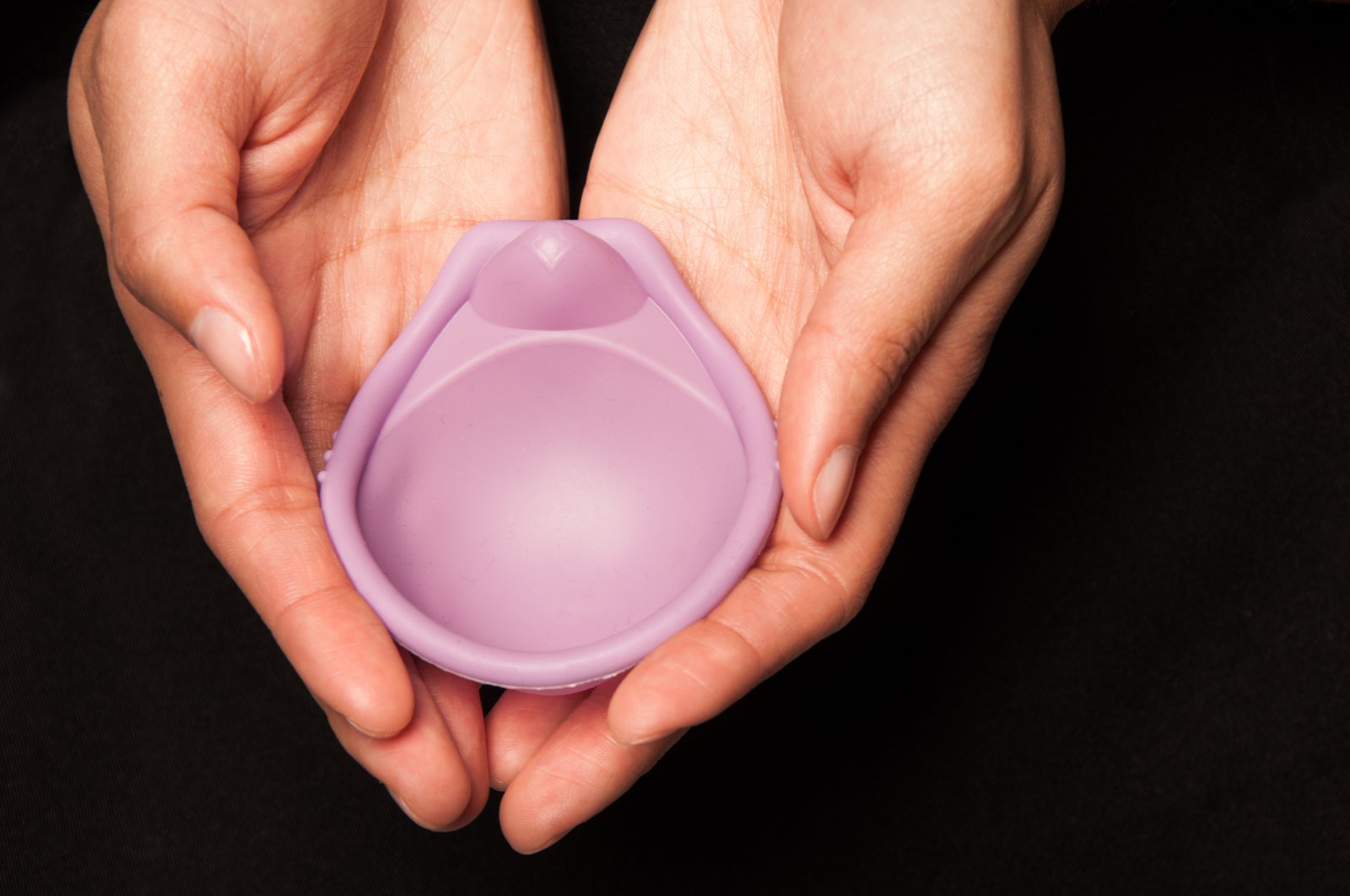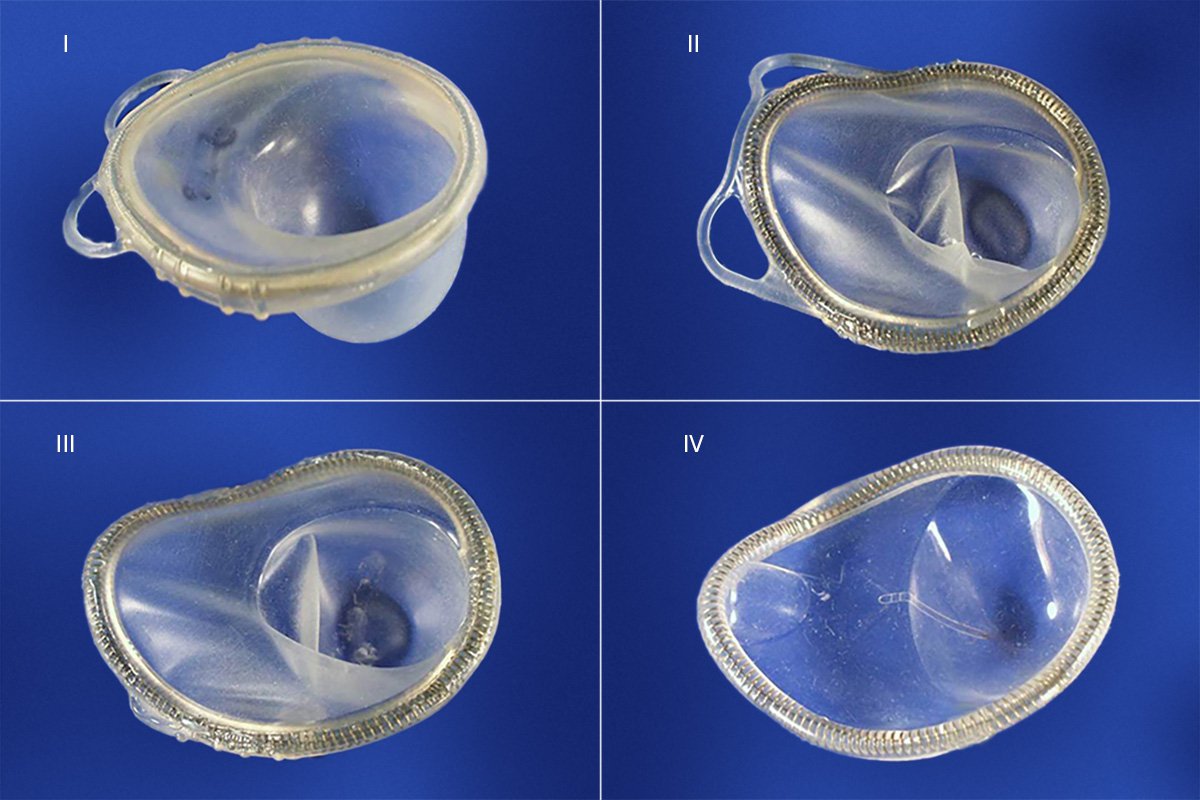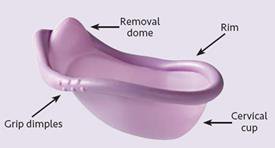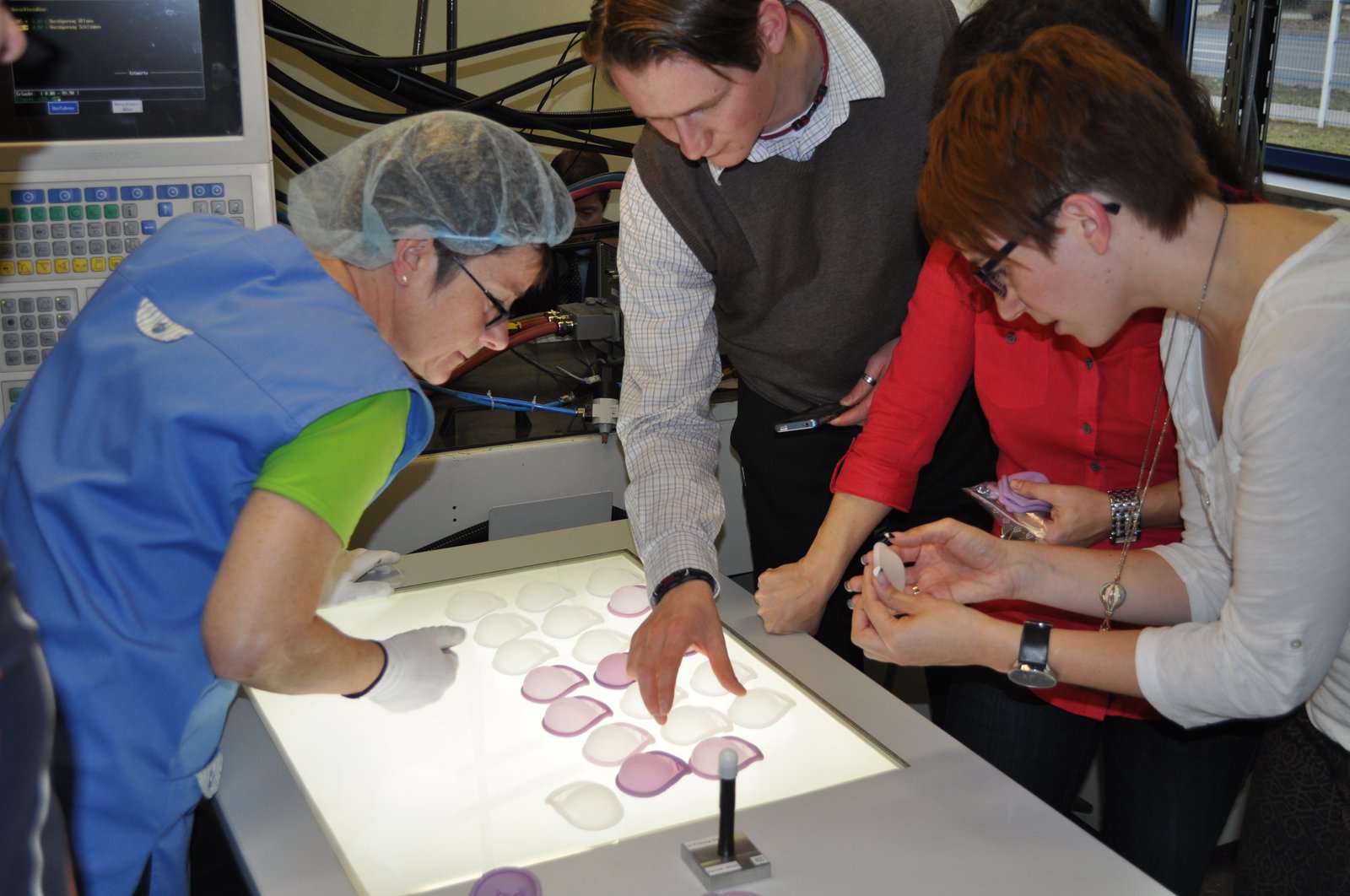Editor’s note: We’re celebrating the US product launch of the Caya® contoured diaphragm*—the first new diaphragm design to enter the US market in more than 50 years. PATH, CONRAD, and our research partners designed this single-size diaphragm, originally developed as the SILCS diaphragm, to expand women’s options for nonhormonal contraception.
The first new diaphragm design in over 50 years
The US product launch of the Caya diaphragm is an important step toward introducing diaphragms to a new generation of women who may never have seen or heard of this method.
Like a traditional diaphragm, the Caya, originally called the SILCS diaphragm during development, is inserted into the vagina before sex. It covers the cervix to help prevent pregnancy and is used with a contraceptive gel.
What makes the Caya diaphragm different is that its special features—such as the one-size fits-most design—were based on inspiration and input from women and health care providers.

The SILCS diaphragm, marketed as the Caya contoured diaphragm, is a reusable, one-size fits-most contraceptive device that women helped to design. Photo: PATH/Patrick McKern.
Defining what women want: more options
The genesis for PATH’s work with female barrier methods began in 1994. In preparation for the International Conference on Population and Development, global researchers had talked with women in diverse countries about what they liked and didn’t like about their current contraceptive methods, as well as what they’d want in a new contraceptive.
Women wanted access to more methods that they could control, would be discreet, would have few side effects, and could protect them from sexually transmitted infections. PATH listened, and embarked on a comprehensive development effort to redesign the diaphragm to better fit women’s needs.
A nonhormonal contraceptive takes on a new form
We began by surveying and interviewing women who used diaphragms to learn from their experience. Women told PATH they wanted a diaphragm that was comfortable to use, wouldn’t bother their partner during sex, and was easy to insert and remove—especially among new users. Health care providers and other stakeholders wanted a single-size diaphragm that would be easier to provide, stock, and supply to increase access.
PATH translated these needs into performance objectives for a new diaphragm and developed nearly 200 prototype designs spanning six device generations in the journey to meet these objectives. In collaboration with CONRAD—our research partner—these prototype designs were evaluated in multiple studies as the design was refined.

Early iterations of the SILCS diaphragm shows how the product evolved. Photo: PATH.
Women make excellent designers
Our user-centered research and evaluations began in Seattle, branched out to multiple sites in the US, and eventually took place in several countries.
Through this process, women and their partners actively participated in developing a diaphragm with features that addressed their needs and desires.

Through iterative design, user input drove the refinement of the SILCS diaphragm and led to user-inspired features. Image: Kessel medintim GmbH.
The result: a device with several user-friendly features that allow it to be easy to insert, comfortable to wear, and easy to remove. For instance, “grip dimples” help a woman handle the diaphragm during insertion. And a finger dome helps with removal.
The contoured shape and innovative spring technology allow this single-size device to fit a broad range of women.
Ensuring quality: testing, testing, and more testing
Between 1998 and 2014, the diaphragm was evaluated in ten studies in multiple countries. These included design validation and consumer use studies, as well as clinical studies for safety, effectiveness, and acceptability. It achieved high marks for acceptability, ease of use, and comfort among women and men—including women with no previous diaphragm experience.

PATH’s compression testing ensures the diaphragm has the appropriate spring tension, durability, and strength over time. GIF: PATH/Tom Furtwangler.

Quality control and testing continues at Kessel medintim GmbH, where the Caya contoured diaphragm is manufactured. Photo: Kessel medintim GmbH.
The Caya diaphragm is introduced to a new generation of women
In 2010, PATH licensed the SILCS technology to Kessel medintim GmbH (Kessel) for manufacturing and marketing. Since then Kessel and PATH have worked to scale up production, obtain regulatory approvals, and prepare for market introductions. Kessel now markets the Caya diaphragm in more than 25 countries.

Women in France examine a Caya diaphragm using a pelvic model as a teaching tool. Photo: Kessel medintim GmbH.
Accelerating access
The product launch in the US is exciting because it is an important step toward awareness about this method that expands women’s contraceptive options and could help to improve reproductive health. PATH and our collaborators remain focused on developing opportunities and partnerships that will accelerate the availability of the single-sized diaphragm to women, no matter where they live.
I want to thank the many women, their partners, and clinicians in the United States and other countries who provided feedback and insight that inspired this new diaphragm. I also want to thank our funder, the US Agency for International Development (USAID), and our collaborators at CONRAD and Kessel, without whom we would not have reached this milestone. The SILCS team raises our hats in appreciation to all of you!
More information
- Press release: Single-size Caya® contoured diaphragm is the first new diaphragm design to enter the US market in over 50 years.
- Learn more about Caya in this recent NPR interview with PATH staff.
- Our work in reproductive health.
- Our technologies for reproductive health.
Caya® contoured diaphragm is a registered trademark of Kessel medintim GmbH.
